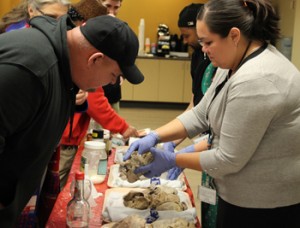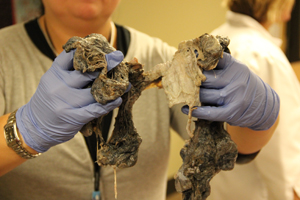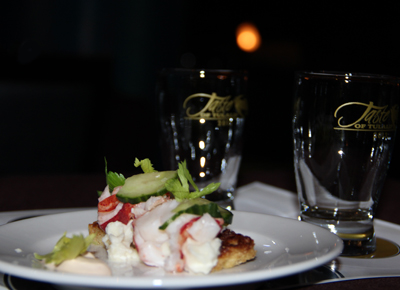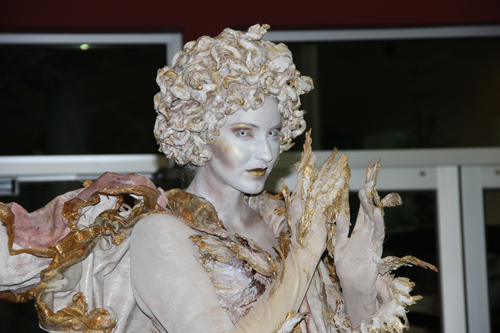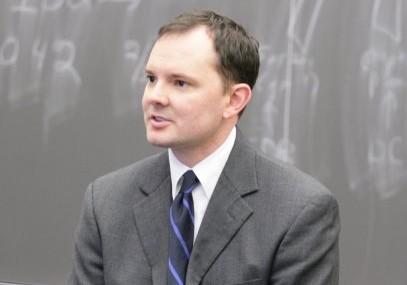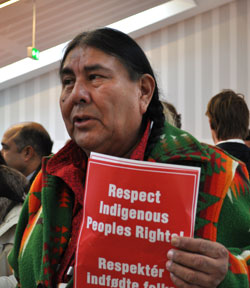
By Global Justice Ecology Project, Source: Climate Connections
The United Nations climate meetings involve the big powers of the United States and other industrialized “developed” countries. Lurking in the background are the financial sectors and investors of capital often having meetings in 4-5 star hotels.
Everything I have seen from the industrialized countries (including G20 countries) is false solutions towards addressing climate change. They have been playing a game of chess with climate.
As articulated at the World People’s Conference on Climate Change and the Rights of Mother Earth in 2010 in Cochabamba, Bolivia, the root cause of climate change is capitalism. IEN had a delegation in Cochabamba actively involved in the outcome documents. The problem is countries will continue to drill, dig, and burn up every drop of oil, gas, and coal; no matter how expensive it is, till it runs out globally.
After fossil fuel resources are depleted, the world will move into a global bio-energy and bio-economy (plants, energy crops, trees, algae, etc.). To do this, they need full access to land (and water), with no restrictions – worldwide. Everyone’s rights to land and water will be diminished.
The issues of access to and political power games over Energy and Water will be the battleground for our next generation. It will be over the Privatization of Nature – of Mother Earth. We will witness more deregulation of corporate activity, more privatization and commodification of the natural “commons”. They have given themselves rights to have Dominion over Nature.
What will it take to turn this around?
Many are grappling with this question. But, I believe a mass movement globally is needed to resist this insanity. But, it also involves a spiritual awakening. As I have said many times, the people of the world must re-evaluate what their relationship is to the sacredness of Mother Earth.
As Indigenous Peoples, those that follow our teachings, we know what our responsibilities are to the Natural Laws of Mother Earth. But the industrialized man, industrialized societies do not know this. IEN has spoken to this for over 22 years!
The modern world of capitalism and its world of corporate schizophrenia are already co-opting our Indigenous leadership with false solutions via benefit-sharing scenarios, or to be nice “Indians” and just share our traditional knowledge for adaptation to climate change; rather than our participation demanding real change and action.
Real binding commitments and real actions to reduce emissions at source must be the major path in these negotiations. But, this is not the agenda in Warsaw at this time. This is why the tar sands in Canada is ground zero in Turtle Island – North America to fighting for climate justice; for the rights of Indigenous Peoples, and for a new colonial paradigm (not ours, but their system) that moves away from a Property Rights regime, towards a system that recognizes Earth Jurisprudence.
–Tom Goldtooth, Executive Director of Indigenous Environmental Network and member of the International Indigenous Peoples’ Forum on Climate Change, the Indigenous caucus within the UNFCCC





